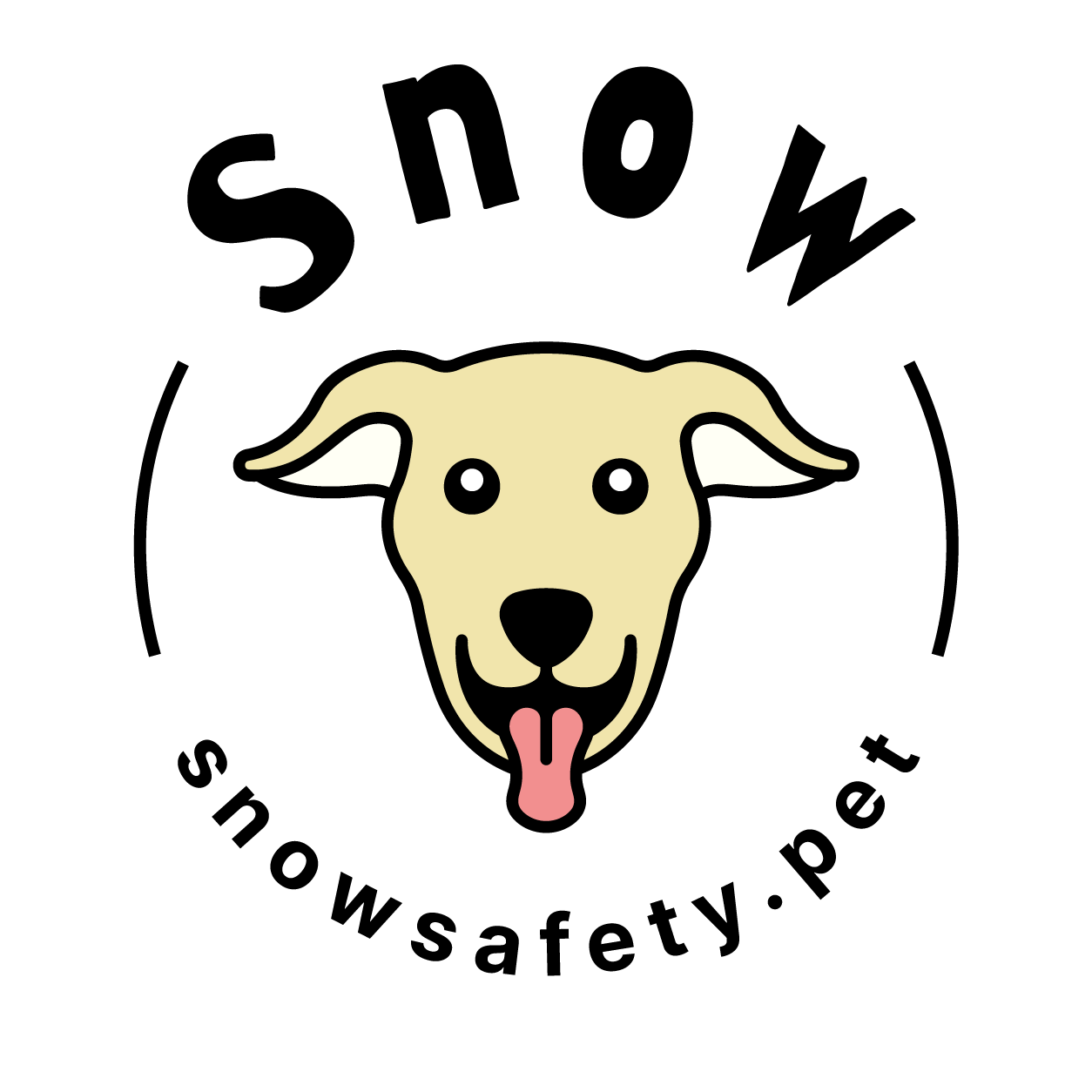What to Include in a Dog First Aid Kit
Accidents can happen, as can pet emergencies, and just like we have human first-aid kits, it’s also a great idea to have a dog first-aid kit for your furry loved one. A DIY dog first aid kit should be kept in something that’s easy to travel with, that way you can bring it with you when you go on hikes, road trips, camping or to a cottage. Keep your dog first aid kit in a box, shoulder bag, backpack, fanny pack or container so that you can easily grab it and go. Having one in the car is also a good idea.
You should, of course, always speak to your vet after your dog gets hurt. However, if you can’t get to the vet for care, or your pooch needs immediate treatment before you can reach a vet, you’ll be thankful that you have fist-aid kit handy.
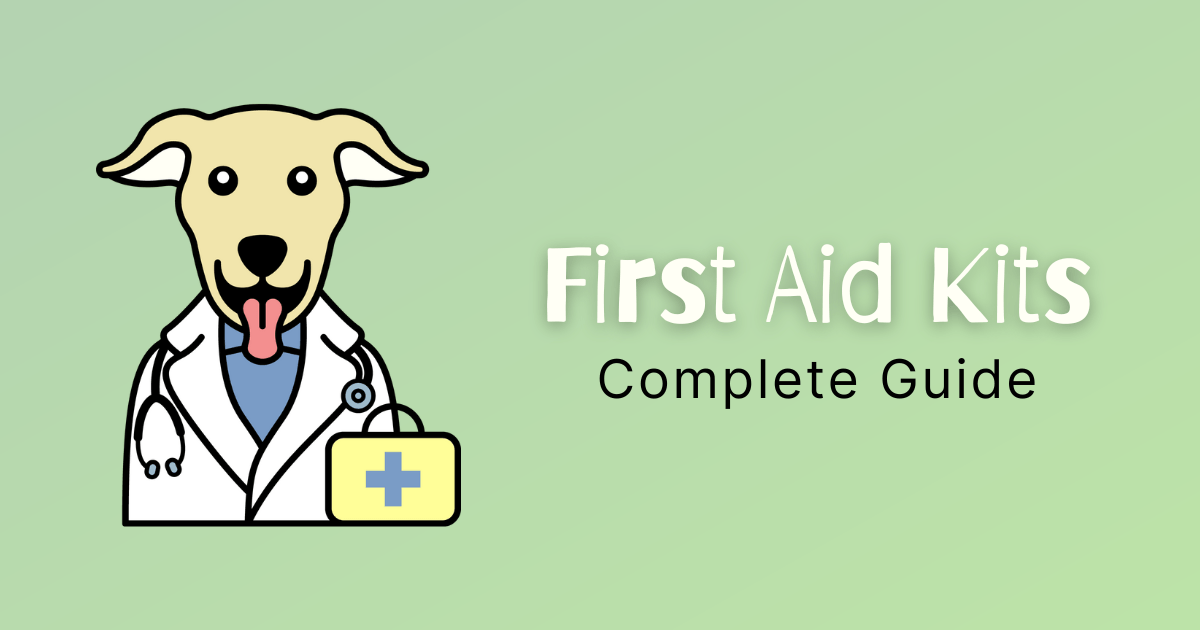
Here are some of the main things you should put in your DIY dog first aid kit

Gauze
This can be used as a bandage, will help stop bleeding and can also be used to pad a splint. It’s lightweight, latex-free and essential in any DIY dog first aid kit. Gauze is cotton, flexible and easy to use. It usually comes in packages of 12 or more, making it very affordable.

Self-adhesive bandages
These bandages are breathable, have elasticity and won’t stick to your dog’s fur. It will, however, stick to itself, making wrapping wounds, splits or covering gauze simple and easy. A self-adhesive bandage will also help support an injury and relieve some pain.

Hydrogen Peroxide
Hydrogen peroxide is the go to item for cleaning wounds. It’s long been used as a disinfectant for minor cuts and abrasions. It is also a great thing to have in a fist-aid kit to induce vomiting. This needs to be done if your pooch eats something toxic. The recommended dose for induced vomiting is 1 teaspoon per 5 pounds of weight, with a maximum does of 3 tablespoons.
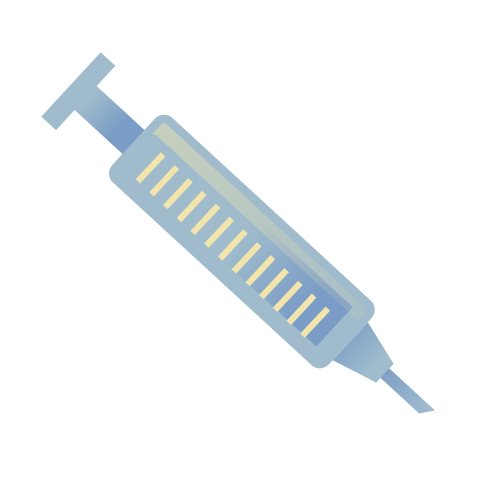
Syringes
You can’t administer things like hydrogen peroxide without syringes. They are also great to use to clean wounds or squirt water into your dog’s mouth if they are unable to drink it themselves due to an injury.
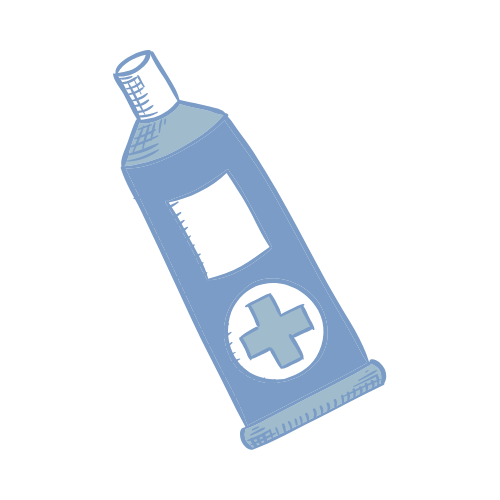
Antibiotic Ointment
If you prefer not to use hydrogen peroxide to clean a wound, then having an antibiotic ointment is a must. Get a spray bottle of it for easy application on any cut or scratch your dog may get. In addition to disinfecting, it will also help to relieve pain and stop further bacteria from getting in.
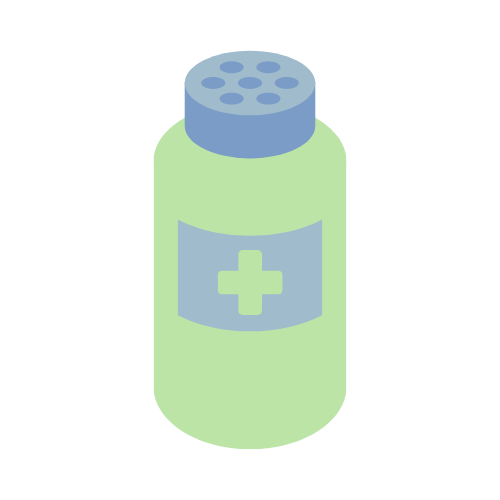
Blood clotting powder
Also known as styptics, blood clotting powder is a clotting agent that can be used to help stop the bleeding of a wound. It can be applied using a cotton swab, and the wound can then be bandaged up with gauze or a self-adhesive bandage.

Cotton Balls and Swabs
Both of these are very handy in any dog first aid kit, as they can be used to apply ointments, blood clotting powder and hydrogen peroxide to wounds. They can also be used to clean wounds.

Tools
These include things like tweezers, scissors and disposable gloves. Tweezers can help remove splinters as well as ticks. Scissors come in handy for cutting gauze and self-adhesive bandage, as well as for cutting things that may be trapped in your pooch’s fur. Gloves are essential for your protection, as you may be dealing with blood and handling disinfectants.

A towel or blanket
An injured dog may be panicking, and a towel or blanket will help to soothe him or her. It will also protect your dog if it needs to lay down on a cold or hot surface. It can also be used to dry your dog if it gets wet. As well, a towel or blanket can be used as a muzzle to prevent you from being bitten while tending to his/her wounds. At the end of the day, even your own pooch could bite you if in pain.

Travel food & water bowls
Whether there is an emergency or not, having travel food and water bowls for your furry family member is always a good idea. On long hikes or road trips they are extremely useful, and very easy to carry around. Opt for silicone collapsible bowls, as plastic can break and are prone to contamination.

Leash & Collar
Sometimes in an accident, your dog’s collar may come off or break. The same is true with a leash. Having extras available is always a good idea, and a first-aid kit is a great place to keep them. They will also come in handy if you happen to stumble upon a lost or stray dog while out. Read my top picks for leashes here.
How to Treat Common Dog Injuries
Now that you have all of the necessary items for you DIY dog first aid kit, here are ways to use these items to treat common injuries.
Dog bites
If your dog is in a fight with another dog, or another dog bites your dog, it could leave a puncture wound. Bites can get infected if not treated right away, and the best way to do this is to clean it with antibiotic ointment and put a bandage on it. If the bleeding is excessive, use blood clotting powder. It’s very important to also bring your dog to the vet as soon as possible to ensure there aren’t any muscular or tissue injuries.
Cuts & scratches
This can happen to their paw, leg, face, pretty much anywhere. You want to do the same as you do with a dog bite; clean it, disinfect it and wrap it. If there is a splinter or another object, use your tweezers to remove it first.
Nail injuries
Your dog’s nail can break or split, or even be cut to the quick when cutting his/her nails yourself. If this happens, stop the bleeding with styptics and then wrap it with gauze or bandage. If the nail is broken or split, be sure to also visit the vet, as it could get infected or be causing pain.
Always be prepared for emergencies
As a dog owner, you should always be ready for emergencies by having a dog first aid kit. This will save you a lot of stress, and your pooch a lot of pain and suffering when you can’t get them to the vet. As well, you should always have a bottle of water with you and some treats, and maybe even some extra food just in case you are stuck somewhere and your dog needs to be fed. No one wants to think about having a doggy emergency, but accidents do happen, so it’s always a good idea to be prepared.
